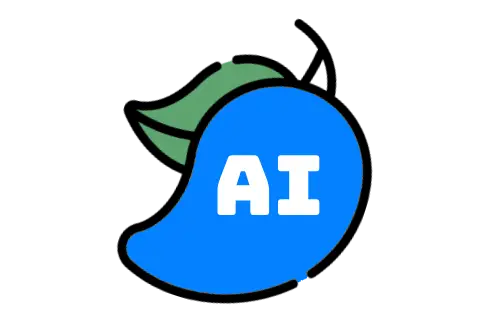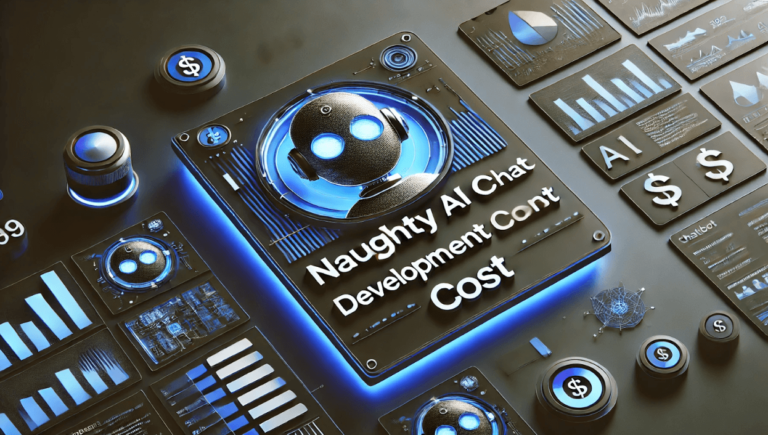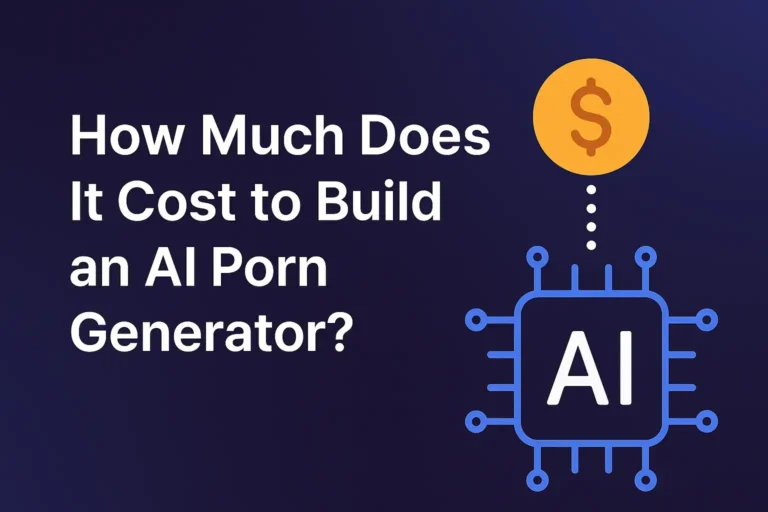AI Therapy Chatbot Development (Tech & Cost Guide)
Artificial Intelligence is transforming healthcare, and one of the fastest-growing areas is AI therapy chatbot development. These chatbots are designed to provide accessible, affordable, and 24/7 support for people struggling with stress, anxiety, depression, or other mental health challenges.
With global mental health apps projected to reach $17.5 billion by 2030 (CAGR ~17%), businesses, startups, and healthcare providers are investing heavily in AI chatbots for mental health.
Get a Free Consultation From Expert - https://calendly.com/parmindersaini
In this guide, I’ll explain:
- The features of AI therapy chatbots
- Their future in mental health
- The technology stack required
- The cost of development
What is an AI Therapy Chatbot?
An AI therapy chatbot is a conversational agent powered by natural language processing (NLP) and machine learning (ML) to simulate therapy-like conversations. Unlike generic chatbots, these tools are specifically designed for:
- Emotional support
- Cognitive behavioral therapy (CBT) techniques
- Stress and anxiety reduction
- Tracking user moods and mental health progress
Some popular examples include Woebot, Wysa, and Replika—but businesses today are building custom AI chatbots for therapy to improve accessibility and patient engagement.
Why Invest in AI Therapy Chatbot Development?
- Rising demand for mental health support – Post-pandemic, global awareness of mental health has surged.
- 24/7 availability – Unlike human therapists, chatbots provide instant support anytime.
- Cost-effective – Affordable therapy options for patients without insurance.
- Scalability – A single chatbot can assist millions of users simultaneously.
- Personalization – Machine learning enables customized support based on user history.
Core Features of AI Therapy Chatbots
When developing an AI chatbot for mental health, here are must-have features:
1. Conversational AI & NLP
- Contextual understanding of emotions
- Sentiment analysis to detect mood
- Adaptive responses for therapy-like conversations
2. Cognitive Behavioral Therapy (CBT) Modules
- Guided exercises for anxiety & depression
- Journaling and thought restructuring tools
3. Mood Tracking & Progress Reports
- Daily/weekly mood check-ins
- Graphs and analytics for user progress
4. Crisis Management
- Detect self-harm or suicidal ideation
- Provide emergency hotline contacts
- Alert caregivers/therapists if necessary
5. Multi-Channel Support
- Mobile apps (iOS, Android)
- Web apps
- Integration with WhatsApp, Telegram, Messenger
6. Personalization Engine
- Adaptive therapy paths
- Recommendations based on behavior patterns
7. Data Privacy & HIPAA Compliance
- Encrypted conversations
- Compliance with HIPAA, GDPR, and local healthcare laws
Get a Free Consultation From Expert - https://calendly.com/parmindersaini
Future of AI Chatbots for Mental Health
The future of AI therapy chatbot development looks promising. Here are key trends:
- Integration with wearables – Smartwatches tracking stress, sleep, and heart rate will sync with therapy chatbots.
- Voice-based therapy – Conversational AI shifting from text to natural speech.
- AI + Human Hybrid Therapy – Chatbots handle routine support, while therapists manage complex cases.
- AR/VR Therapy – Immersive virtual therapy sessions with AI-powered avatars.
- Global Accessibility – Multilingual chatbots making therapy available in rural and underserved areas.
Tech Stack for AI Therapy Chatbot Development
| Component | Technology/Tools |
|---|---|
| Programming Languages | Python, Node.js, Java |
| AI/NLP Frameworks | TensorFlow, PyTorch, spaCy, Hugging Face |
| Conversational AI Platforms | Dialogflow, Rasa, Microsoft Bot Framework |
| Database | MongoDB, PostgreSQL, Firebase |
| Cloud Platforms | AWS, Google Cloud, Azure (HIPAA compliant) |
| Frontend Development | React, Angular, Flutter (for mobile apps) |
| APIs | Twilio (SMS/voice), Stripe/PayPal (payment integration) |
| Security & Compliance | HIPAA, GDPR, SSL/TLS encryption |
Pro tip: Using pre-trained NLP models like GPT-based transformers reduces time and cost while improving chatbot intelligence.
Development Process
Building an AI therapy chatbot involves several steps:
- Market Research & Compliance – Identify target audience and required regulations (HIPAA, GDPR).
- Feature Planning – Decide whether to build CBT modules, mood tracking, or AI-driven journaling.
- AI Model Training – Train NLP models on therapy-specific datasets.
- UI/UX Design – Build an empathetic, user-friendly interface.
- Integration – Connect with APIs, databases, and third-party health platforms.
- Testing – Stress tests, compliance checks, and user feedback loops.
- Launch & Maintenance – Continuous updates, AI retraining, and bug fixing.
Cost of AI Therapy Chatbot Development
The cost depends on features, tech stack, compliance, and region of development.
| Development Stage | Estimated Cost (USD) |
|---|---|
| MVP (basic AI chatbot with CBT modules) | $15,000 – $25,000 |
| Mid-Level (mood tracking + integrations) | $30,000 – $50,000 |
| Advanced (AI + wearables + multi-lingual + HIPAA compliance) | $60,000 – $120,000 |
| Maintenance & Updates (yearly) | $5,000 – $20,000 |
💡 Tip: Outsourcing development to India or Eastern Europe can cut costs by up to 40–60% without compromising quality.
Challenges in AI Therapy Chatbot Development
- Data Privacy Risks – Mental health data is highly sensitive.
- Bias in AI Models – Risk of inaccurate or culturally insensitive responses.
- Regulatory Compliance – HIPAA/GDPR requirements increase complexity.
- User Trust – Gaining patient confidence in AI vs. human therapists.
Benefits of AI Chatbot Therapy
✔ Immediate, 24/7 access to support
✔ Scalable mental health solutions
✔ Affordable therapy option
✔ Reduces therapist burnout
✔ Encourages early intervention
FAQs
1. Are AI therapy chatbots a replacement for real therapists?
No. They provide support and guidance, but they are not substitutes for professional therapy in severe cases.
2. How long does it take to develop a mental health AI chatbot?
Typically 3 to 6 months, depending on complexity.
3. Can AI chatbots detect suicidal tendencies?
Yes. With sentiment analysis and keyword detection, they can flag self-harm risks and redirect users to hotlines or professionals.
4. What industries can use AI chatbots for therapy?
- Healthcare providers
- Insurance companies
- Wellness apps
- Corporate HR for employee wellness programs
Conclusion
The future of AI therapy chatbot development is incredibly promising. With rising mental health awareness, these tools will reshape how therapy is delivered—making it more accessible, affordable, and scalable.
For businesses, building an AI chatbot for mental health is not just profitable but also impactful. With the right tech stack, features, and budget planning, you can create a chatbot that improves lives while generating revenue.







